With enthusiasm, let’s navigate through the intriguing topic related to Vertex Calendar 2025: A Comprehensive Overview. Let’s weave interesting information and offer fresh perspectives to the readers.
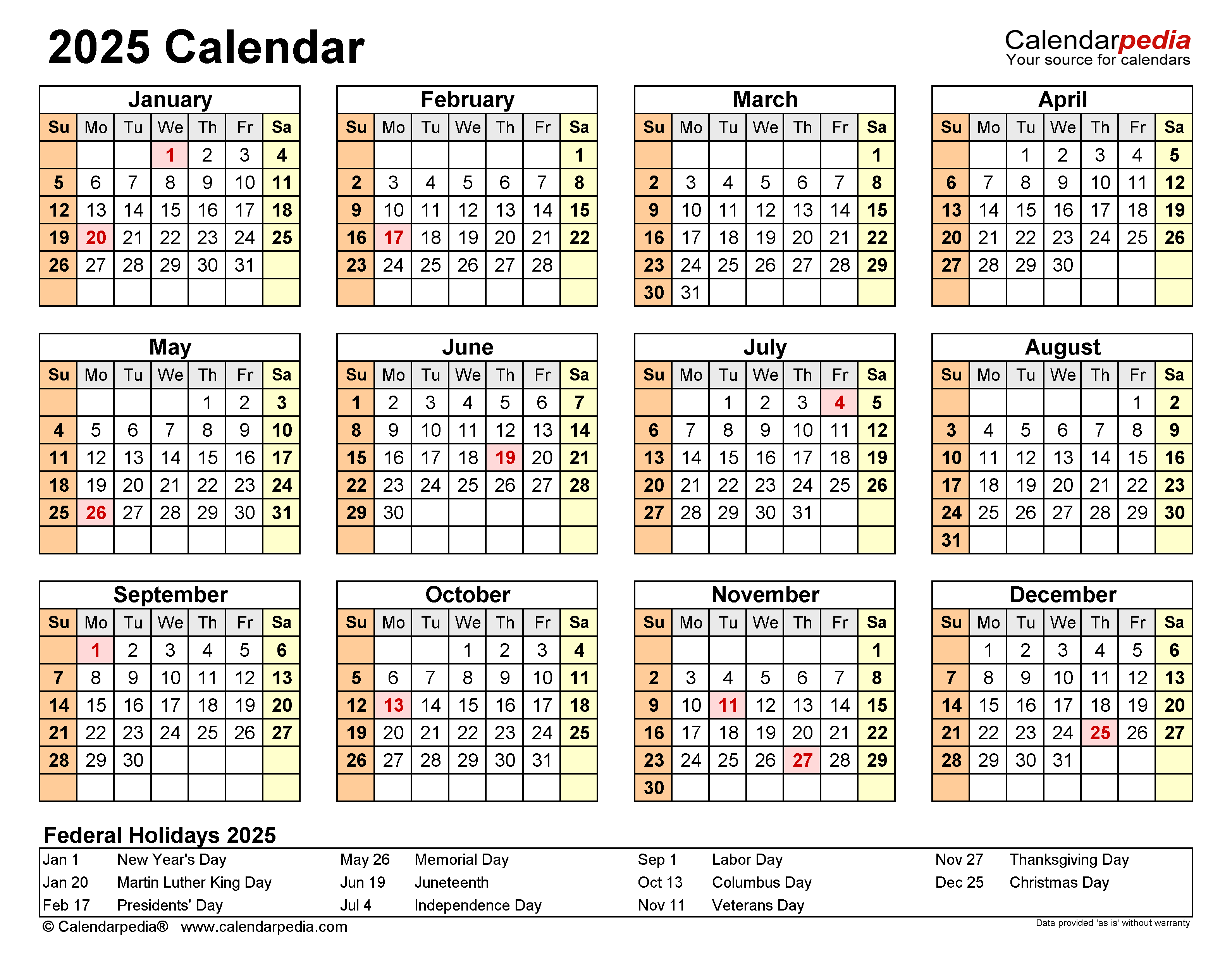


The Vertex Calendar is a unique and innovative calendar system that has been gaining increasing popularity in recent years. Its distinctive features, such as its 13-month year and its alignment with the Earth’s orbit, offer a fresh perspective on time measurement. This article delves into the intricacies of the Vertex Calendar 2025, providing a comprehensive overview of its structure, advantages, and potential applications.
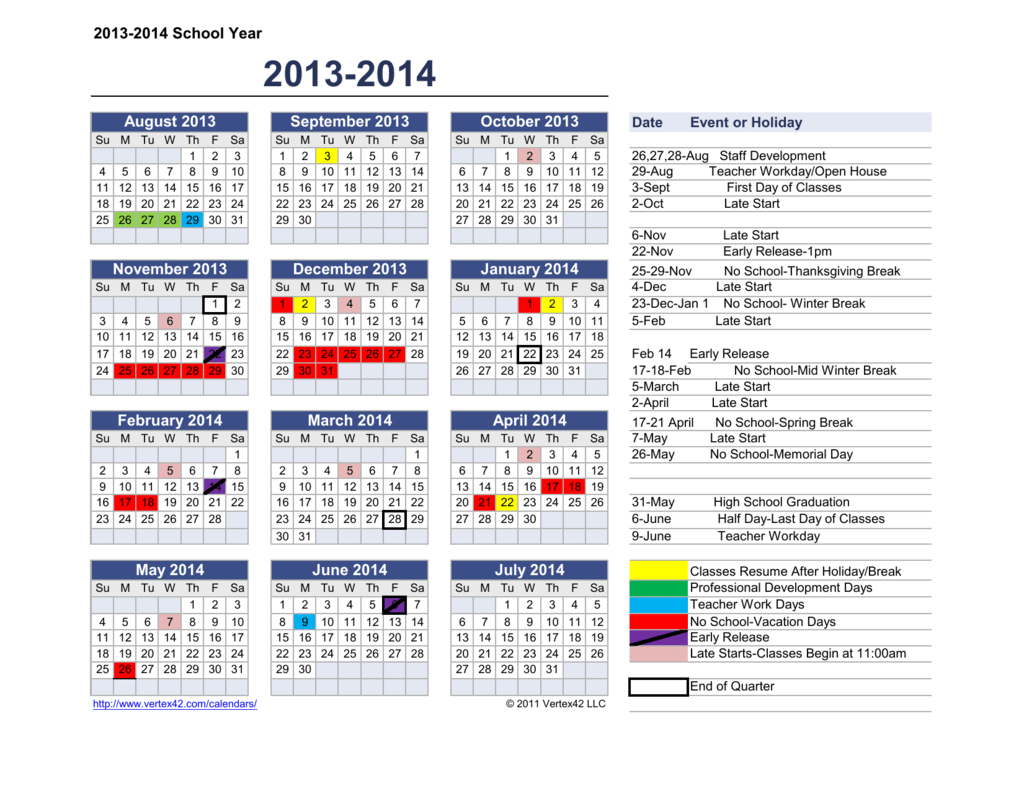
The Vertex Calendar is based on a 13-month year, with each month consisting of 28 days. The additional month, known as Solara, is inserted between June and July. This unique structure aligns the calendar with the Earth’s orbit around the sun, ensuring that each month begins and ends on the same day of the week.
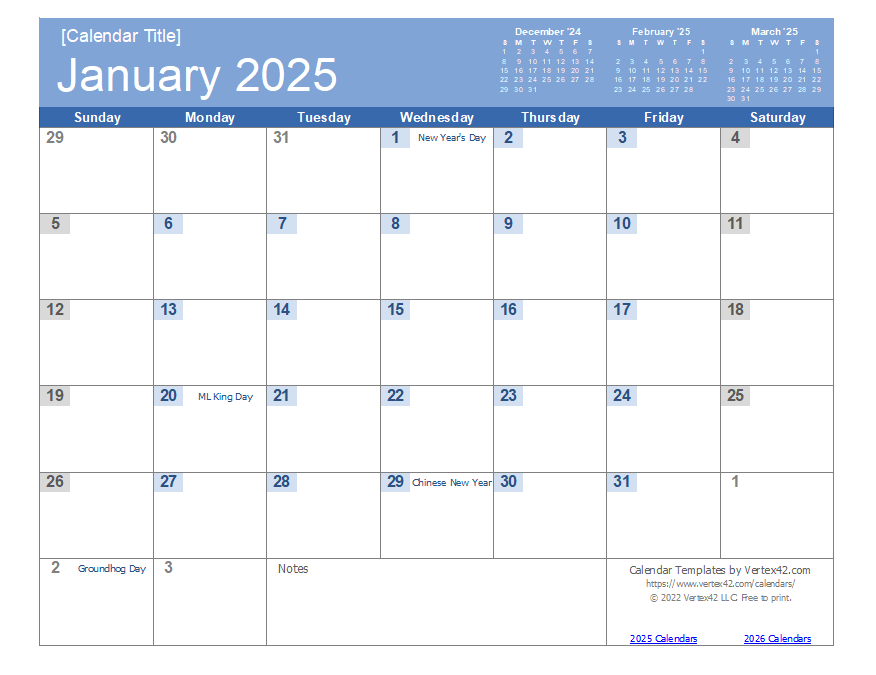
The calendar is divided into four quarters, each consisting of three months. The quarters are named after the four seasons: Spring, Summer, Autumn, and Winter. Within each quarter, the months are named after celestial bodies or natural phenomena. For example, the first month of Spring is named Luna, after the moon, while the second month of Autumn is named Terra, after the Earth.

The Vertex Calendar 2025 begins on Monday, January 6th, 2025, and ends on Sunday, December 28th, 2025. The following table provides an overview of the months and their corresponding start dates:
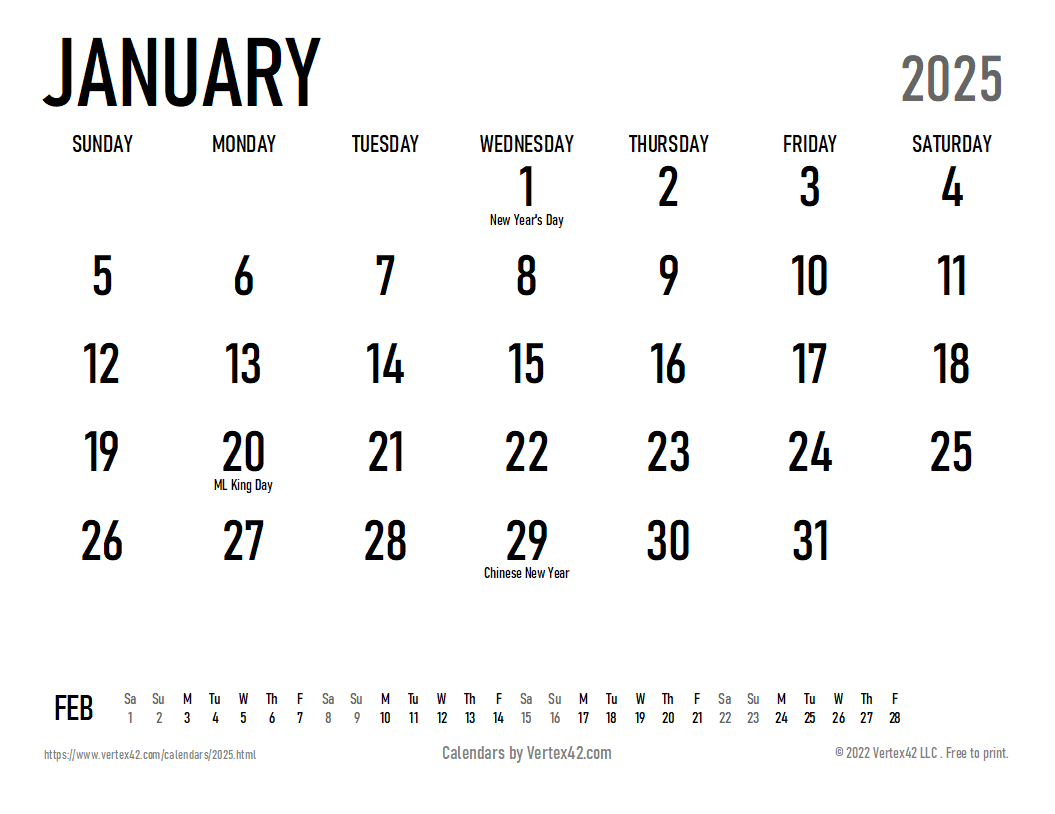
The Vertex Calendar 2025 is a unique and innovative calendar system that offers a fresh perspective on time measurement. Its alignment with the Earth’s orbit, its simplicity, and its predictability make it a valuable tool for education, business, and personal use. As the world continues to evolve, the Vertex Calendar has the potential to revolutionize the way we perceive and manage time.
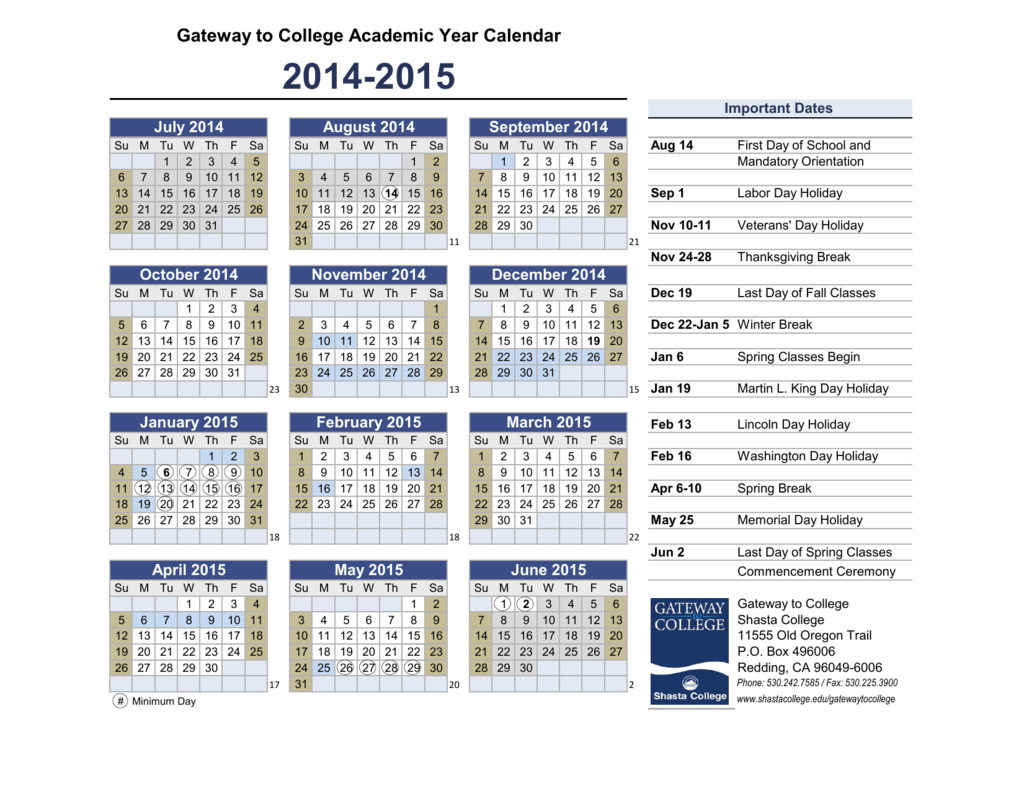






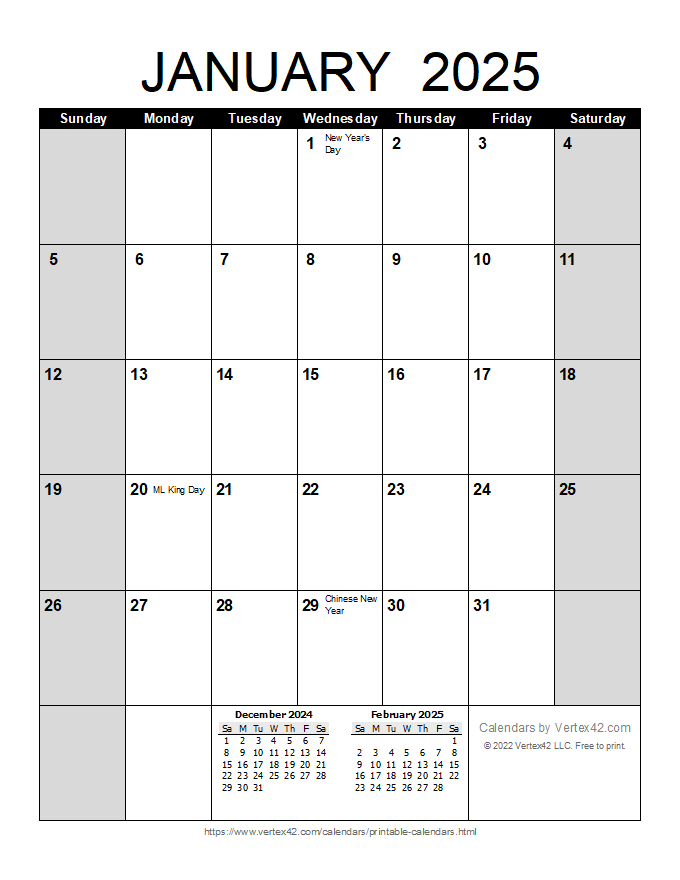
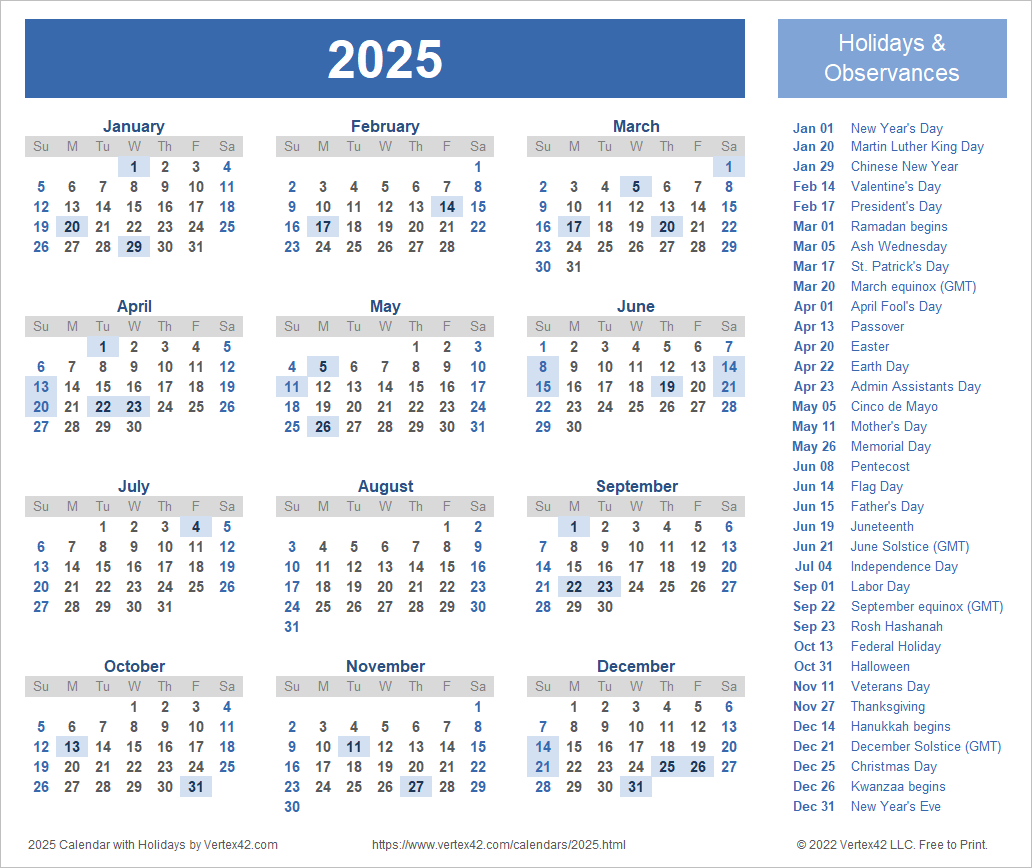

Thus, we hope this article has provided valuable insights into Vertex Calendar 2025: A Comprehensive Overview. We thank you for taking the time to read this article. See you in our next article!
